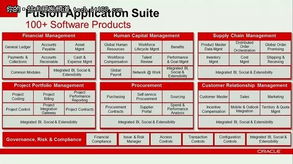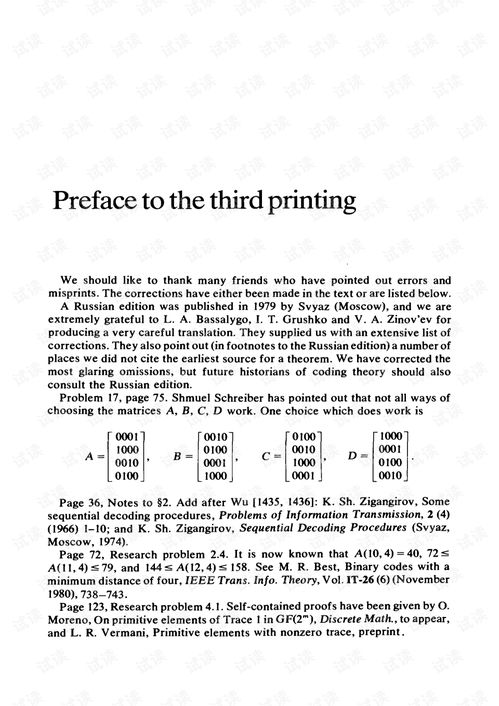Finding the Perfect Fishing Spot: Techniques for Successful Lake Fishing
Lake fishing can be an incredibly rewarding pastime, offering both relaxation and the thrill of the catch. However, to maximize your chances of success, it's crucial to find the perfect fishing spot. Here are some expert techniques to help you locate the ideal spot for your next fishing adventure.
Research the Lake
Before setting out, it's essential to do your homework. Research the lake you plan to fish in, including its size, depth, and types of fish it hosts. Understanding the lake's characteristics can give you a head start in identifying potential hotspots.
Study the Topography
Lakes have unique topographical features that can significantly impact fish behavior. Look for areas with varying depths, underwater structures like rocks, logs, and vegetation, and areas where currents converge or diverge. These spots often serve as natural fish highways and feeding grounds.
Look for Inlets and Outlets

Inlets and outlets are areas where water enters and leaves the lake. These areas can be rich in nutrients, attracting fish. Fish often congregate near these spots to feed on the incoming or outgoing water.
Pay Attention to Vegetation
Vegetation in lakes, such as submerged plants and reeds, can provide excellent cover for fish. Look for areas with dense vegetation, as they can house both baitfish and predators. These spots are often prime locations for successful fishing.
Consider the Weather
Weather conditions can significantly affect fish behavior. On sunny days, fish tend to stay deeper in the water to avoid the heat, while on overcast days, they may move closer to the surface. Additionally, wind can push baitfish to the surface, making it easier for predators to catch them.
Observe Other Fishermen
If you arrive at a lake and see other fishermen catching fish, it's worth observing their techniques. Notice where they are fishing and what type of bait they are using. This can provide valuable insights into where the fish are and what they are eating.
Use a Fish Finder
A fish finder is an invaluable tool for locating fish in a lake. It can help you identify schools of fish, their depth, and the structure they are associated with. However, remember that a fish finder is just a tool; it's up to you to interpret the information and find the best spot.
Experiment with Different Baits and Lures
Fish can be picky, and what works one day may not work the next. Experiment with different baits and lures to see what the fish are most interested in. Sometimes, a simple change in color or size can make a significant difference.
Timing is Key
Fish are most active during certain times of the day. Early morning and late evening are typically the best times to fish, as this is when fish are most active and feeding. However, this can vary depending on the season and the specific lake.
Stay Patient and Persistent
Finding the perfect fishing spot may take time and patience. Don't get discouraged if you don't catch anything right away. Keep exploring different areas and adjusting your techniques until you find the spot that works.
In conclusion, mastering the art of lake fishing involves a combination of research, observation, and persistence. By applying these techniques and keeping an open mind, you'll be well on your way to finding the perfect fishing spot and enjoying a successful fishing trip. Happy fishing!












